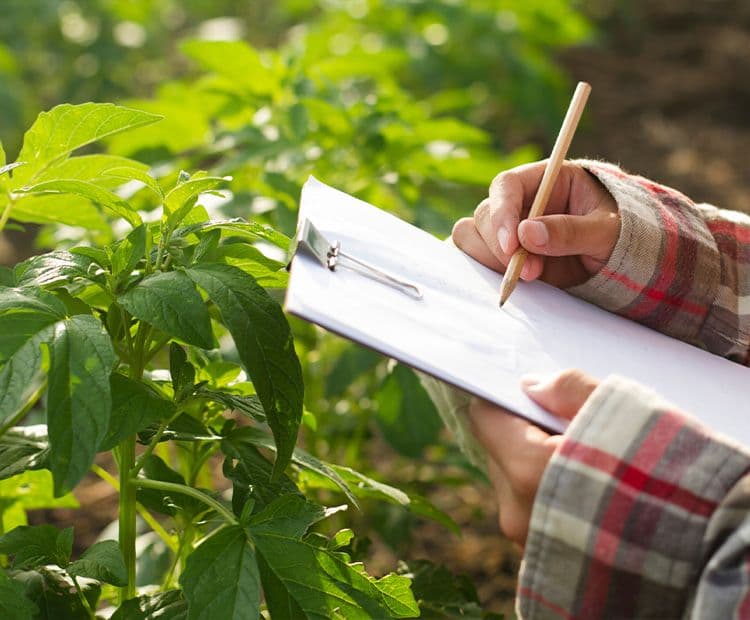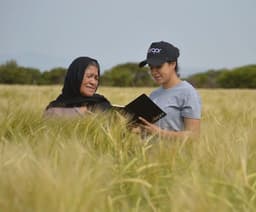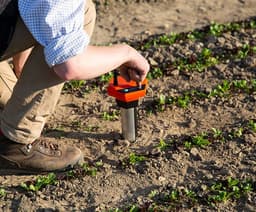Top Priorities:
Integrated solution that enables the early identification, prediction, and prevention of plant diseases and pest outbreaks — using remote sensing, in-field sensors, and benign pest control systems — to alert farmers to emerging threats and guide precise, timely, and environmentally responsible mitigation actions.
Drought-resistant and heat-tolerant agriculture production systems, including varieties with deep root systems and reduced evapotranspiration.
Low-carbon agricultural inputs or input optimization, with high adoption and low churn among farmers. Next-Generation Green Fertilizers (sustainable alternatives with reduced environmental impact, focusing on enhanced nutrient efficiency).
Tools and technologies to improve harvest and post-harvest processes, enhancing crop quality, farmer productivity, and predicting quality parameters (e.g., DON, protein) and yield.
Other Areas of Interest:
- Crop damage prevention or mitigation during extreme or erratic weather events.
- Efficient water use in agriculture and irrigation systems (e.g., drip and sprinkler), with tools to track improvements in water usage.
- Digital phenotyping technologies to improve selection of improved crop varieties.
- Solutions for improved orange pulp quality and yield.
- Water status monitoring in soil and trees (for orchards related production) to give guidance to farmer on irrigation practices in real-time.
- Rapid low-cost farm baselining and soil testing.
- Solutions to harmonize climate action progress tracking and monitoring systems in line with market regulations.
- Low-carbon fertilizer solutions: such as organic fertilizers, bio-fertilizers, etc.


